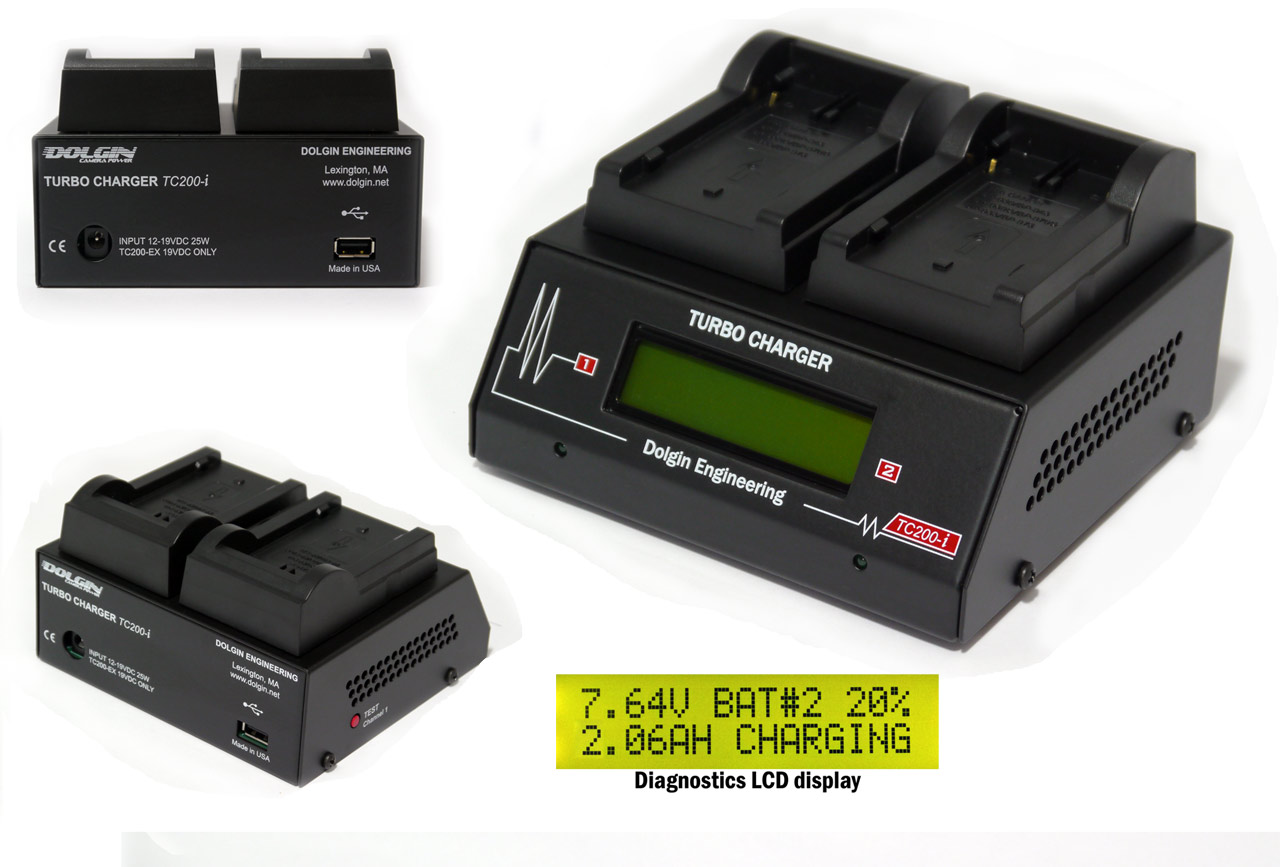Li-Ion cells charge levels vs. capacity
All Dolgin Engineering battery chargers are set to charge to 96%-98% of the nominal charge level.
Most Li-ions charge to 4.20V/cell, and every reduction in peak charge voltage of 0.10V/cell is said to double the cycle life. For example, a lithium-ion cell charged to 4.20V/cell typically delivers 300–500 cycles. If charged to only 4.10V/cell, the life can be prolonged to 600–1,000 cycles; 4.0V/cell should deliver 1,200–2,000 and 3.90V/cell should provide 2,400–4,000 cycles.
On the negative side, a lower peak charge voltage reduces the capacity the battery stores. As a simple guideline, every 70mV reduction in charge voltage lowers the overall capacity by 10 percent. Applying the peak charge voltage on a subsequent charge will restore the full capacity.
In terms of longevity, the optimal charge voltage is 3.92V/cell. Battery experts believe that this threshold eliminates all voltage-related stresses; going lower may not gain further benefits but induce other symptoms. (See BU-808b: What causes Li-ion to die?) Table 4 summarizes the capacity as a function of charge levels. (All values are estimated; Energy Cells with higher voltage thresholds may deviate.)
|
Charge level *(V/cell) |
Discharge cycles |
Available stored energy ** |
Table 4: Discharge cycles and capacity as a function of charge voltage limit. Every 0.10V drop below 4.20V/cell doubles the cycle but holds less capacity. Raising the voltage above 4.20V/cell would shorten the life. The readings reflect regular Li-ion charging to 4.20V/cell. Guideline: Every 70mV drop in charge voltage lowers the usable capacity by about 10%. |
| [4.30] | [150–250] | [110–115%] | |
| 4.25 | 200–350 | 105–110% | |
| 4.20 | 300–500 | 100% | |
| 4.15 | 400–700 | 90–95% | |
| 4.10 | 600–1,000 | 85–90% | |
| 4.05 | 850–1,500 | 80–85% | |
| 4.00 | 1,200–2,000 | 70–75% | |
| 3.90 | 2,400–4,000 | 60–65% | |
| 3.80 | See note | 35–40% | |
| 3.70 | See note | 30% and less |



